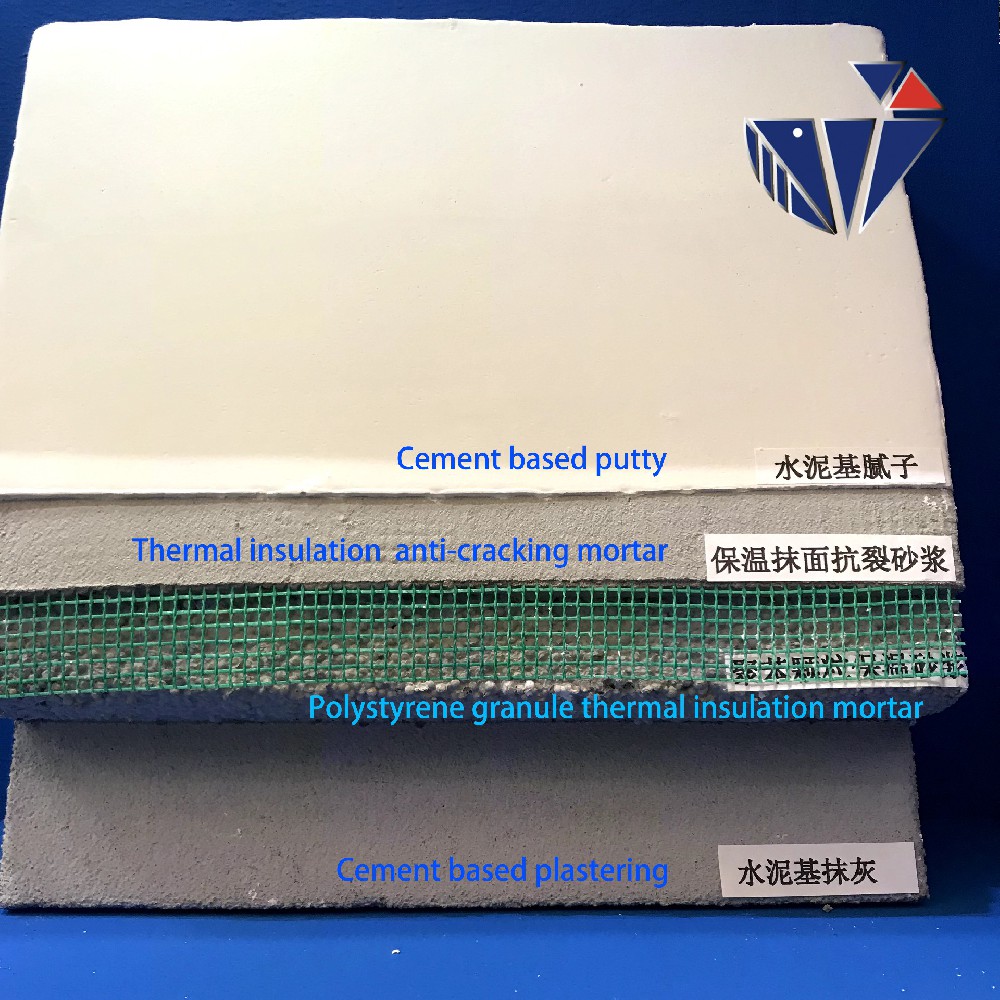
ነሐሴ . 17, 2024 19:29 Back to list
Applications and Benefits of Hydroxypropyl Methyl Cellulose in Various Industries
Understanding the Uses of Hydroxypropyl Methyl Cellulose
Hydroxypropyl methyl cellulose (HPMC) is a versatile and widely utilized cellulose ether, known for its unique properties that make it suitable for various applications across multiple industries. As a derivative of cellulose, HPMC is produced through the alkalization of cellulose and subsequent etherification, resulting in a product that is soluble in water and offers a range of desirable attributes. This article explores the various uses of hydroxypropyl methyl cellulose, highlighting its significance in food, pharmaceuticals, construction, and personal care products.
1. Food Industry Applications
In the food industry, hydroxypropyl methyl cellulose serves several essential roles. It is often used as a thickening agent, stabilizer, and emulsifier in various food products. HPMC enhances the texture and consistency of sauces, dressings, and bakery items. For instance, it can retain moisture in bread, improving its shelf-life while providing a desirable mouthfeel. Furthermore, HPMC is utilized in gluten-free products to mimic the elasticity and moisture retention properties that gluten provides, making it an essential ingredient for those with gluten sensitivities. Additionally, HPMC can act as a fat replacer, allowing for the reduction of fat content in products without sacrificing quality.
2. Pharmaceutical Applications
HPMC plays a critical role in the pharmaceutical sector, particularly as an excipient in drug formulations. It is widely utilized in tablet manufacturing, where it aids in controlling the release of active ingredients, making it an excellent material for sustained-release formulations. HPMC can also be found in capsule formulations, as it is a suitable vegetarian alternative to gelatin. The property of being hygroscopic allows it to maintain the moisture content of tablets, thereby extending their stability and shelf-life. Moreover, HPMC is employed in ocular solutions, providing viscosity to eye drops, ensuring better adherence to the eye surface and enhancing the therapeutic effect.
hydroxypropyl methyl cellulose uses

3. Construction Industry Uses
The construction industry benefits significantly from the use of hydroxypropyl methyl cellulose, particularly in the production of cementitious materials like tile adhesives, plaster, and grouts. HPMC acts as a water-retaining agent, ensuring that the mixture remains workable for more extended periods. This property prevents premature drying and cracking of the materials, resulting in stronger and more durable constructions. Additionally, HPMC can improve the adhesive properties of mortars and enhances the spreadability, making it easier for applicators to work with the material effectively.
4. Personal Care Products
In the realm of personal care and cosmetics, HPMC serves as a thickening agent and film-forming agent in various formulations. It can be found in lotions, creams, and gels, contributing to the desired texture and consistency while providing a smooth application experience. Additionally, HPMC is included in hair care products, where it enhances the resilience and manageability of hair. The use of HPMC in personal care products is particularly beneficial for individuals with sensitive skin, as it is non-toxic and hypoallergenic, making it suitable for a wide range of consumers.
Conclusion
Hydroxypropyl methyl cellulose is a multifunctional compound with diverse applications that benefit a variety of industries, including food, pharmaceuticals, construction, and personal care. Its unique properties, such as water solubility, thickening ability, and film-forming characteristics, make it an invaluable ingredient in many products. As industries continue to innovate and seek sustainable and effective ingredients, HPMC's role is expected to grow, affirming its significance in modern formulations. Thus, understanding the uses of hydroxypropyl methyl cellulose is essential for harnessing its full potential across these diverse fields.
-
Unlocking the Benefits of HPMC Products: A Gateway to Versatile Applications
NewsAug.07,2025
-
Unleashing the Potential of HPMC Ashland: A Comprehensive Look
NewsAug.07,2025
-
Tile Bonding Cellulose: The Key to Superior Adhesion and Durability
NewsAug.07,2025
-
Hydroxypropyl Methylcellulose Powder: The Versatile Component in Modern Pharmaceuticals
NewsAug.07,2025
-
Hydroxyethyl Cellulose: The Versatile Solution for Various Industries
NewsAug.07,2025
-
Hydroxyethyl Cellulose (HEC): The Versatile Polymer for Various Applications
NewsAug.07,2025







